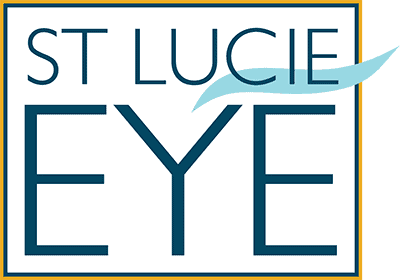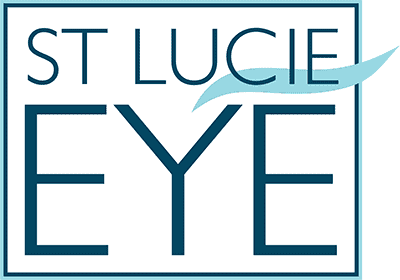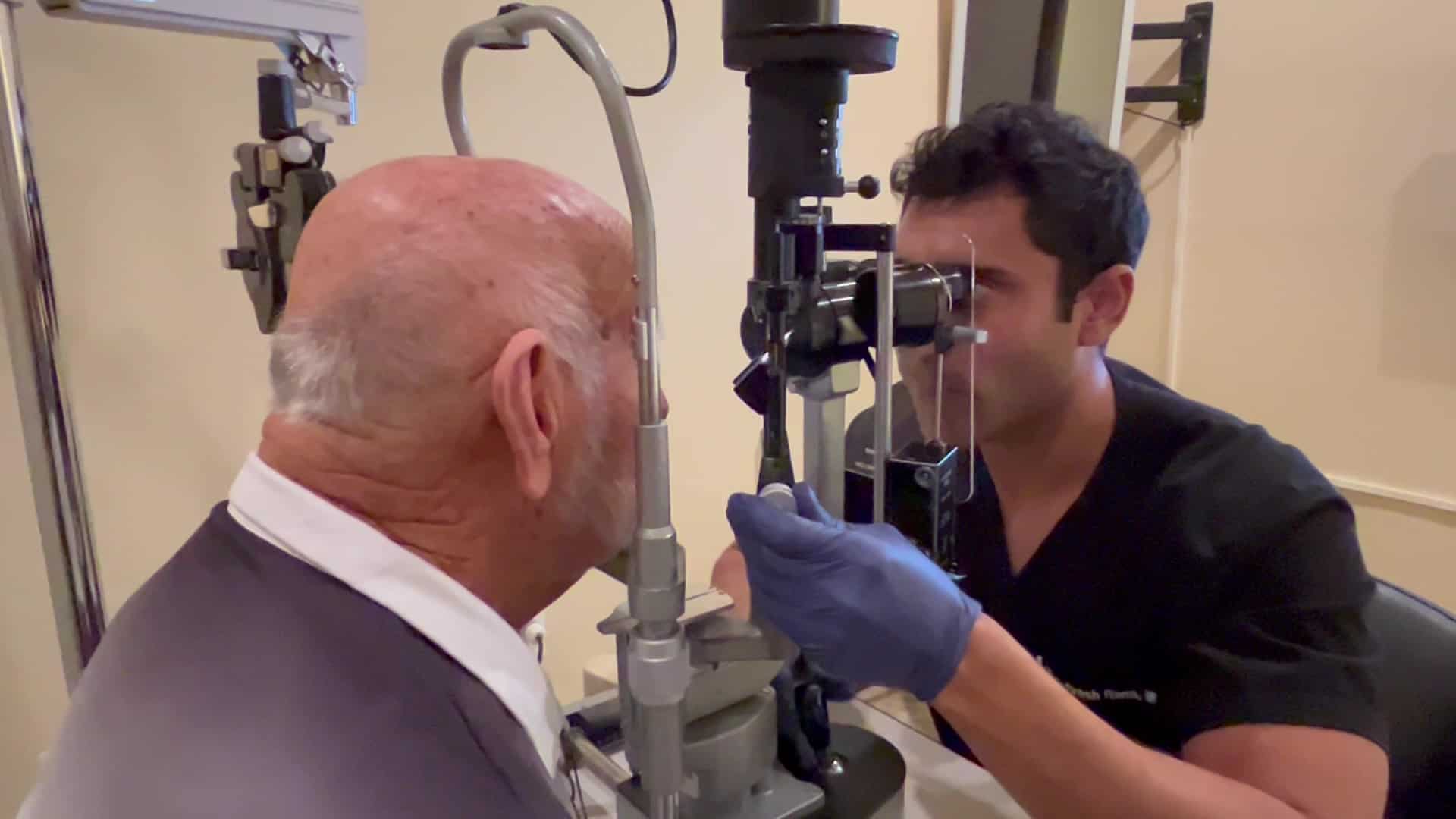Healthy Aging Month
For many seniors, getting older isn’t easy.
Americans are more likely to develop chronic health conditions like high blood pressure, heart disease or diabetes as they age. On average, 1 in 4 older adults in the US report having at least two chronic health problems, and over half say they have three or more.
Unfortunately, chronic conditions often impact more than one body system. In addition to heart, lung, and kidney damage; chronic disease can seriously affect eyes and vision.
What is the number one chronic disease in the US? Heart disease. Followed closely by stroke.
Around 18 million people die each year from heart disease, so it is important to know the risk factors and controllable behaviors that can help prevent the condition. Additionally, heart disease and stroke are expensive burdens on the healthcare system, costing $200 billion annually. This stark reality can make the goal of healthy aging particularly challenging.
At the same time, 80% of cardiovascular disease deaths can be prevented with early intervention and lifestyle changes. Obesity combined with lack of physical exercise and long-term alcohol and tobacco use contributes greatly to morbidity.
At St Lucie Eye, our goal is to protect your eyes and health for the long term. We encourage all patients to know the important connection between a healthy heart and healthy vision.
September is recognized as Healthy Aging Month and September 29th as World Heart Day, a perfect time to commit to changes for the better.
YOUR EYES CAN REVEAL A SILENT KILLER – HIGH BLOOD PRESSURE
In the United States, 1 out of every 3 adults has high blood pressure, contributing to over 1,000+ deaths each day. Hypertension is often referred to as a silent killer because many individuals do not know they have it and go untreated.
You eye doctor can detect early signs of hypertension when they notice changes in the blood vessels of the retina. The retina is the part of the eye responsible for sending visual signals to the brain through the optic nerve. If you have uncontrolled blood pressure, these vessels might show bends, tears, or other abnormalities.
Changes in the eye’s blood vessels may also indicate an elevated risk of stroke, heart disease, or aneurysm. If any of these conditions are spotted during a dilated eye exam, it can be literally life-saving!
CORNEAS AND YOUR HEART – HIGH CHOLESTEROL
High blood pressure isn’t the only health condition your eyes can reveal. Your eyes can also indicate if you have high cholesterol, a condition that contributes to heart disease and increases your risk of a heart attack or stroke.
When cholesterol is high, the cornea may have a yellowish tinge or display a yellow ring around it. Your doctor may also notice plaque deposits in the blood vessels of your eye or on the retina. A sudden break of these deposits can cause a clot and lead to a sudden heart attack or stroke.
*Important Vision Tip: Many times, an initial symptom of high blood pressure or stroke can be a change in vision, such as blurriness. Always report any sudden changes in vision to your eye doctor.
Looking for a good eye doctor? St Lucie Eye provides comprehensive eye exams that can help discover early signs of disease.


